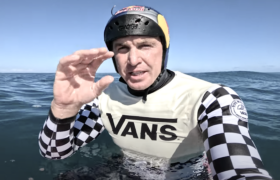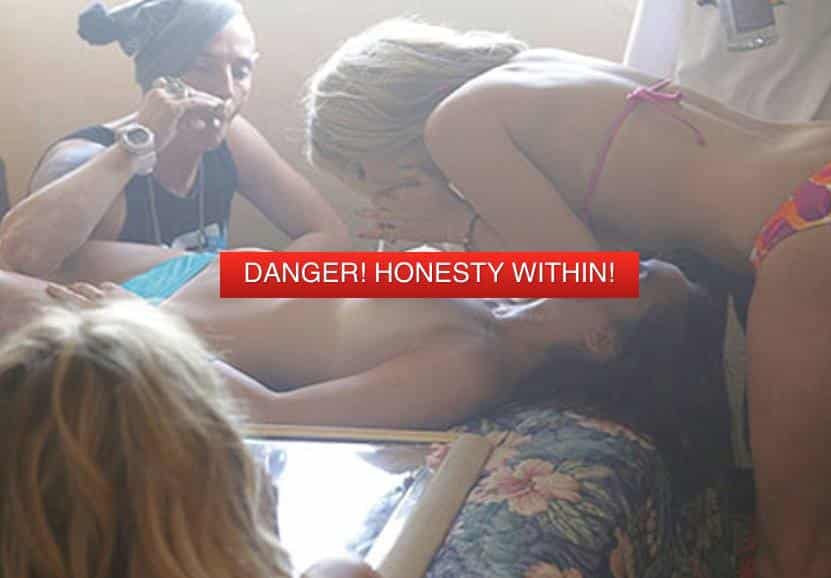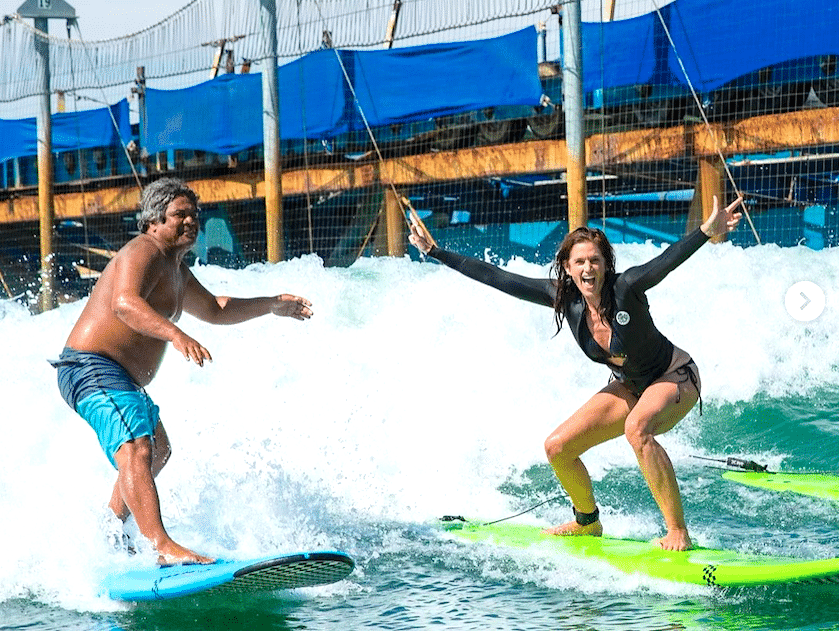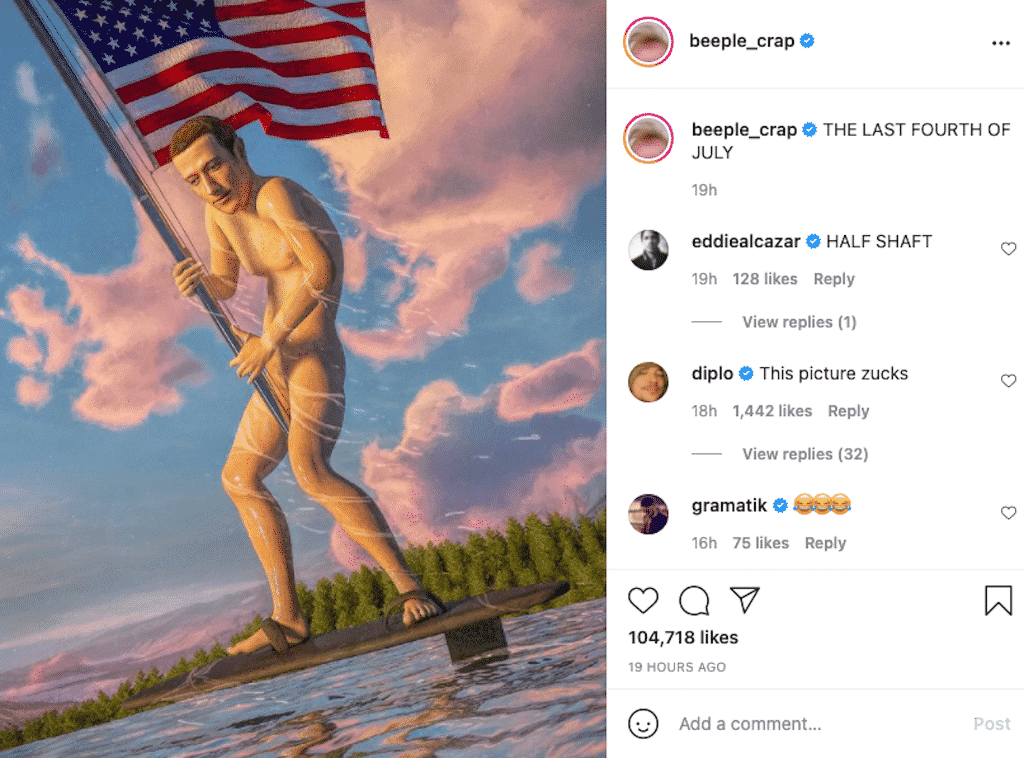Part addiction memoir, part sociological study, new book The Drop “dismantles the myth of surfing as a radiantly wholesome lifestyle immune to the darker temptations of the culture…"
It’s a sad trajectory we know all too well.
Ace surfer wins world titles and/or rides giant waves only to fall into substance abuse in the post-athletic years.
It makes no sense. And yet it makes perfect sense.
The Drop: How the Most Addictive Sport Can Help Us Understand Addiction and Recovery, by Thad Ziolkowski, explores this phenomenon at length. Part addiction memoir, part sociological study, part spiritual odyssey, Thad “dismantles the myth of surfing as a radiantly wholesome lifestyle immune to the darker temptations of the culture and discovers among the rubble a new way to understand and ultimately overcome addiction.”
A lifelong surfer, a Yale PhD, a Guggenheim fellow, the author of the memoir On A Wave, Thad lives with his family in New Jersey.
What compelled you to write The Drop?
When I started surfing, age 10, I was struck by the charisma of surfing compared to other things. I played several sports, I loved listening to music and reading, but surfing trumped all that, especially when the waves were good: it was impossible to think of anything else.
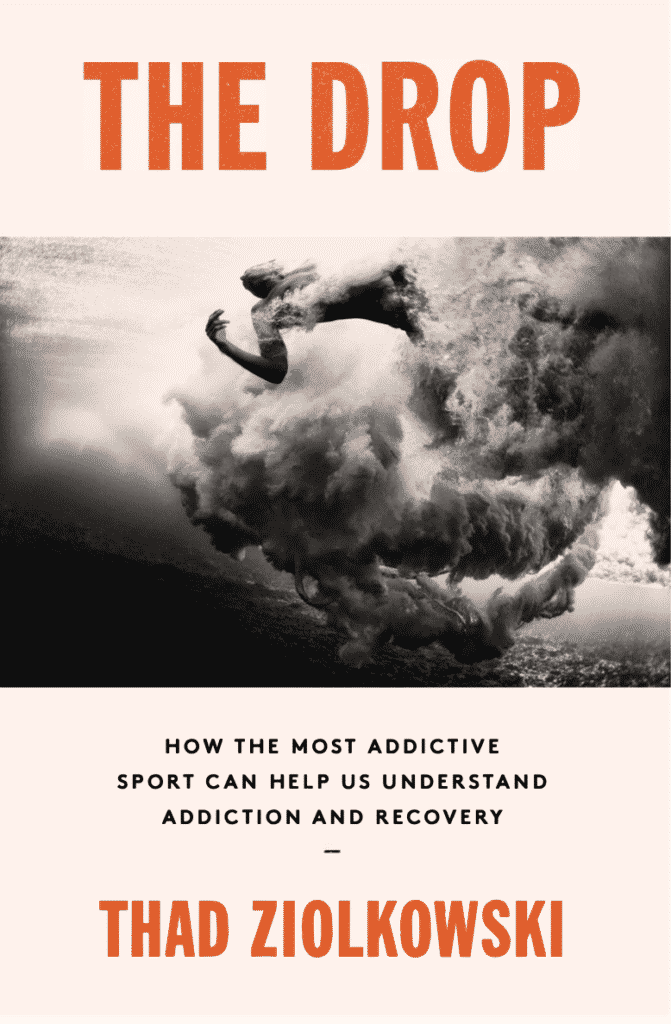
When I left the beach to go off to college, I felt that the only way I would be able to focus on my studies was to quit surfing, quit it like a drug. I was also deeply troubled by the prospect of surfing only occasionally, of being anything less than absolutely on my game. It was all or nothing. Which is itself a very addictive way of looking at things, one surf culture enforces with its contempt for dilettantes combined with the whole spirit of “go for it!”—of total commitment.
During the years when I wasn’t surfing, when I was living the life of a poet in the city, I became addicted to alcohol and drugs. I never imagined I would ever surf again and yet when I was at my lowest point I found myself at the beach in Far Rockaway. I bought a board, I went surfing, and it all came back to life, who I was and how it felt before the darkness crowded in.
Surfing was something other than drinking and drugging to feel excited about. It carried me back to when I was a child again — I was a happy, frothing grom when I was surfing. It was something to quit smoking for, to get fit for — and ultimately to get sober for.
But as soon as I started surfing again, I also felt its old power to eclipse everything else, and I had rein myself back in several times — not throw away everything I had worked for and move to Kauai, for instance.
Then there was the whole issue of surfer drug addicts — surfers I had known growing up, and famous ones —Michael Peterson, Jeff Hakman, Mike Hynson, Lynne Boyer, Tom Carroll, Kong, Buttons, Flea, Mel, Ruffo, And of course Andy Irons. But many others, of all levels and renown, known only to the surf world insiders and a few others.
So I had thought a lot about the connection between surfing and addiction, and lived it, and The Drop is the result.
What was the most surprising/unexpected thing you found in your research?
The existence of what neurologists call “opponent processes,” biochemicals that are produced in response to any experience that makes you tipsy, high, or drunk — a line of cocaine but also falling in love or violently grieving — or riding the wave of your life.
The theory that accounts for opponent processes is that at its most basic level the brain has evolved to be a contrast detector. The brain’s default setting is a clear-headed neutrality that keeps us ready to respond to our environment — to get food, sex and drink, mainly, and to respond to threats.
The upshot is that try as we might to get and stay high, or stoked, the wily brain is always bringing us back down to earth.
Did you have trouble getting surfer addicts to open up to you about this topic?
In some cases, for sure. And I respect and sympathize with the desire not to be publicly linked to addiction. It hasn’t exactly been easy for me to come out as an addict! Despite all the progress that’s been made since the 1980s, when researchers found compelling evidence that addiction is a chronic disorder of the brain, addiction still elicits a lot of knee-jerk disapproval and moralizing.
And in addition to the wider social stigma of addiction, there’s a tradition in surfing of circling the wagons and keeping mum on the darker aspects of the sport.
But I benefitted by beginning my book after the appearance of Kissed by God, the documentary in which Andy Irons’s inner circle speaks candidly about his struggles with addiction.
Luckily, I also passed muster with certain well-known surfers. Word then went out that I could be trusted and folks began to tell their stories. For addicts in recovery, it’s considered beneficial to be open about their addiction, because it teaches others the truth about it, and it helps establish self-acceptance and generosity. So in the case of surfers in recovery there was a pressure exerted by the recovery community to share and be open. Privacy can feel like secretiveness, and keeping secrets is not good for recovering addicts.
What’s the take-away of the book — what does surfing have to teach us about addiction?
Surfers often talk about getting “hooked” on surfing after their first real wave. There’s a pride and pleasure taken in being seized, a sense of specialness, of election. Surfers as the Chosen. Only a surfer knows the feeling.
And truly, surfing is a blessing, a good addiction. It’s one of the great blessings of my life, for sure.
But it won’t save you from meth and opioids and crack. If anything, surfing may prime you for addiction to stronger forms of intoxication, stronger rushes. The very best surfers in the world have fallen to hard drugs, after all. Their stories, along with the latest science on addiction, have a lot to tell us.


